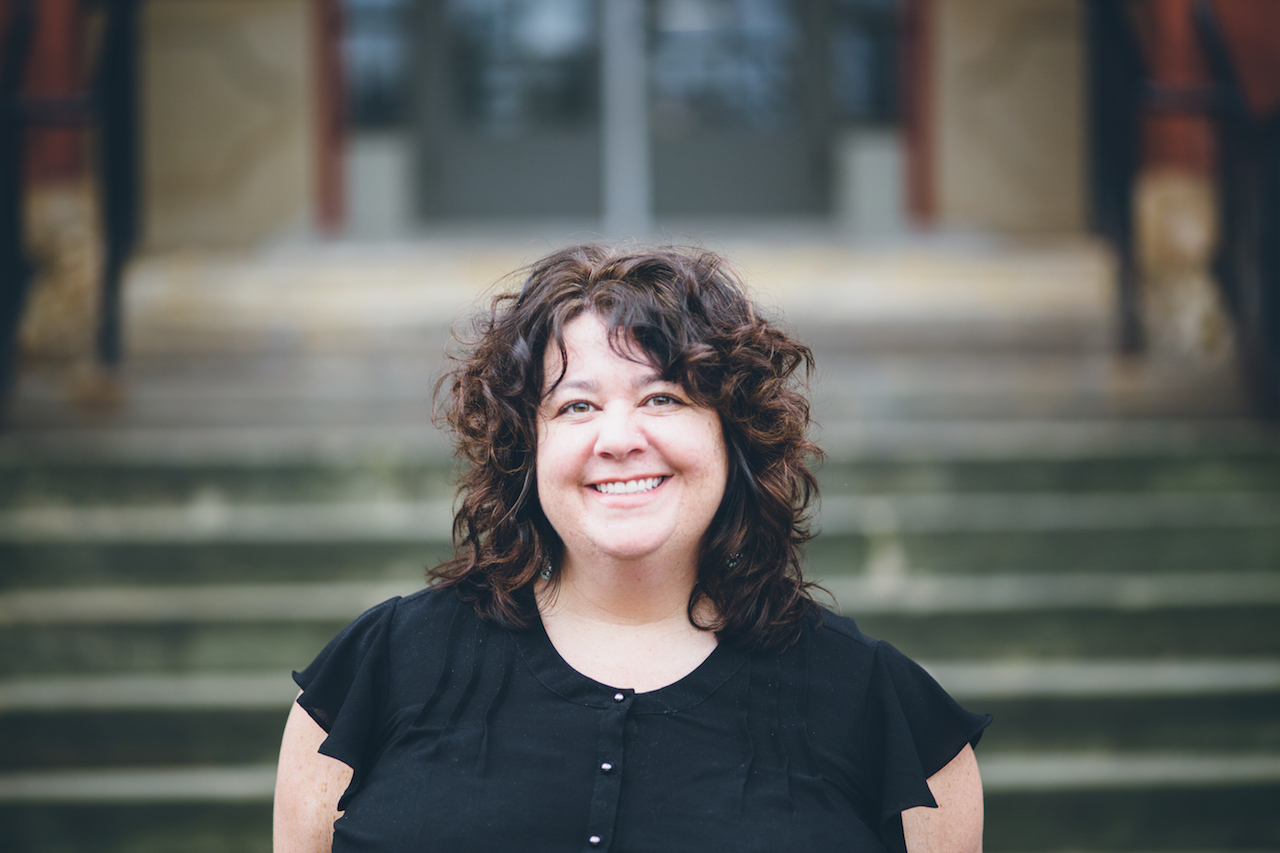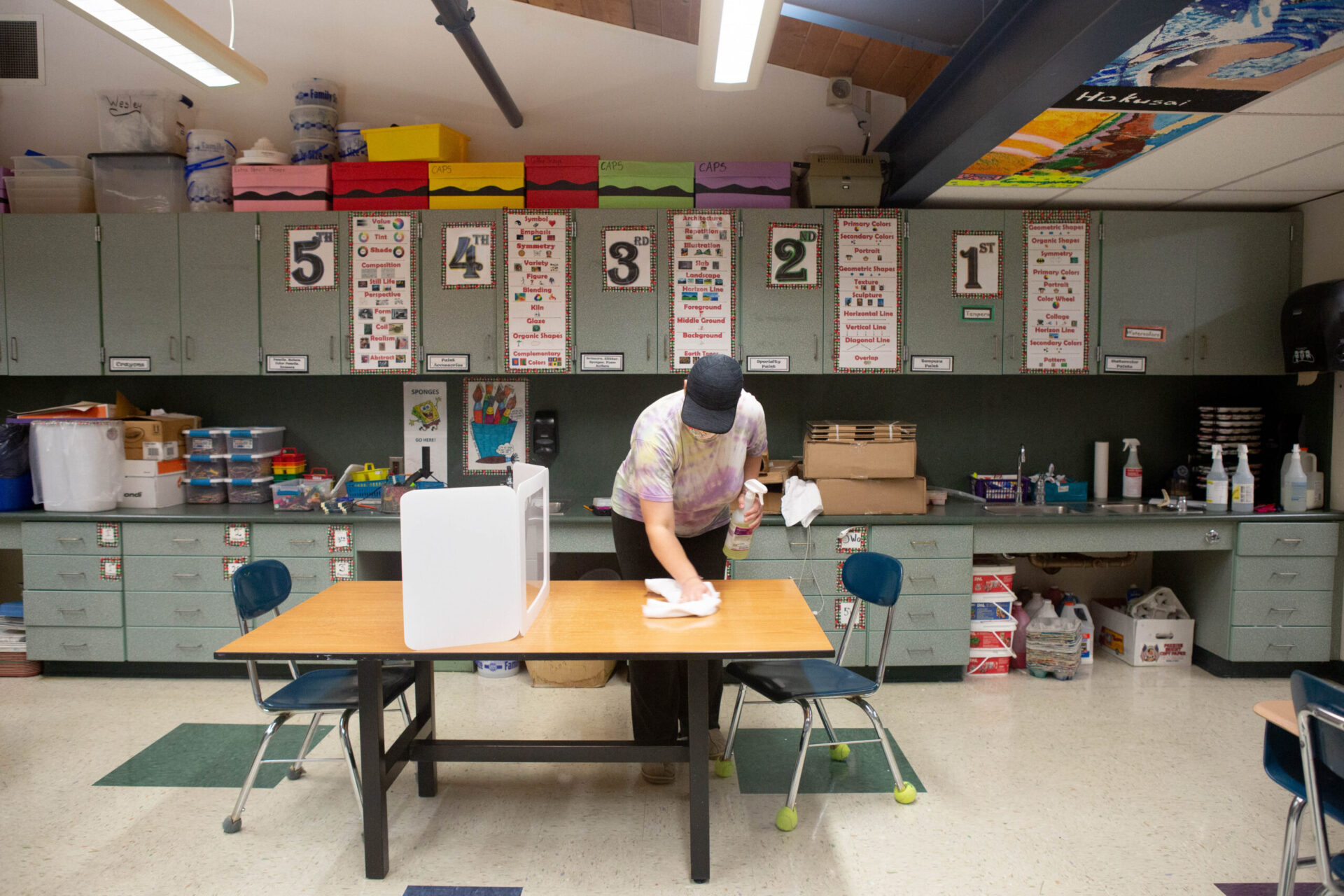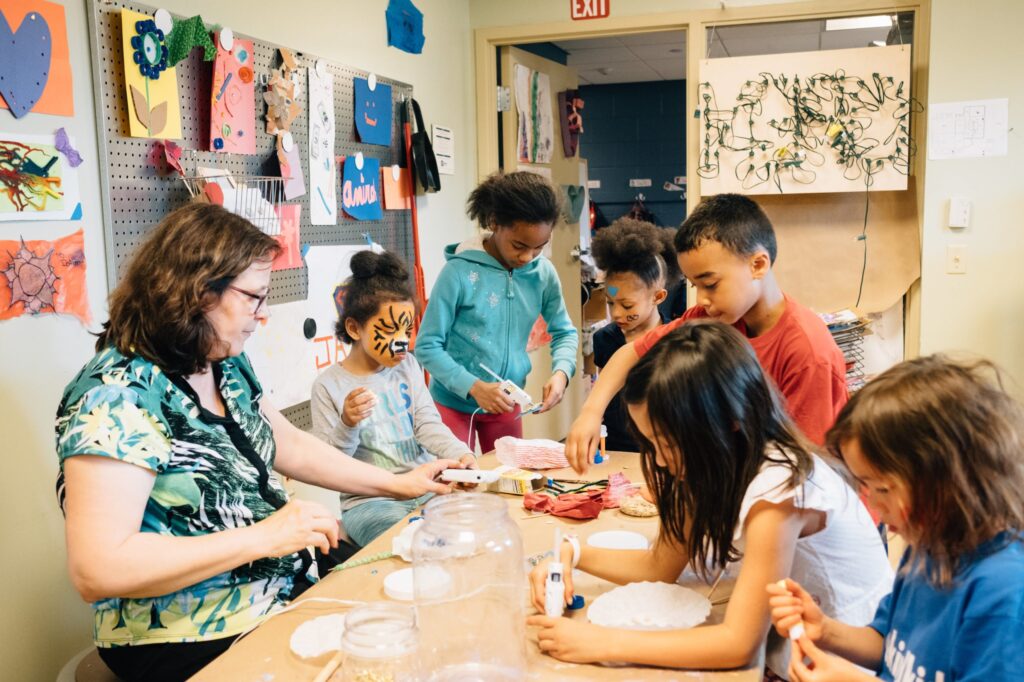Good roads and solid bridges. Stable power grids and clean water. Communities generally agree that this infrastructure is vital and must be kept strong.
But until the COVID-19 pandemic, many communities hadn’t considered the health of something just as vital—their caregiving infrastructure. Was it stable? Could it survive a crisis?
“There has to be a caregiving infrastructure for children, families, communities and the economy to thrive,” says Cara Ciminillo, executive director of the nonprofit Trying Together.
In the Pittsburgh region, where Trying Together is located, the pandemic has inspired a new level of focus and collaboration to support the region’s early learning centers and caregiving infrastructure—and thus support families.
One year after the pandemic began, the Tomorrow campaign talked with Ciminillo about the challenges that early learning providers are still facing, the solutions they have found and the ways these discoveries may continue helping families after the pandemic ends.
THE CHALLENGE
With schools suddenly shuttered last spring, millions of people needed childcare. But childcare centers—designed to cluster kids together for collaborative play and learning—were scrambling to figure out how to keep kids safely separated. In many parts of the country they were required to close and those that were open faced steep drops in enrollment.

“There wasn’t a lot of public health knowledge about the virus,” Ciminillo remembers. “And yet, we knew that there were a whole bunch of essential workers that needed to get to work. And therefore there needed to be a caregiving infrastructure to allow them to do that.”
So even as paid enrollment at childcare and early learning centers dropped, communities needed these centers to somehow remain afloat.
SOLUTION: Help families find available care—and find each other for mutual support.
Trying Together and partners quickly created the Allegheny Child Care online search tool so that people could quickly find and choose from among open facilities. They also created the Family Care and Education Forum, an online community where parents and caregivers could post questions, share ideas and support one another.
Families with school-age kids often get to know one another through classroom contact lists or PTO Facebook groups. But “if you have little ones under the age of five, and they’re in childcare,” Ciminillo says, you may not have a way to connect with families in the same situation.
These new online tools were needed, she says, “so that folks that happen to have young children can connect to each other and create those informal networks of support.”
Post-pandemic, they can remain in place to continue supporting families.
SOLUTION: Help childcare providers stay afloat financially through shared buying power.
By last summer, National Association for the Education of Young Children (NAEYC) reported that 86% of childcare centers were serving fewer children than they had been pre-pandemic and thus earning less revenue, and yet 70% were facing substantial new operating costs. They desperately needed help to stay in business.
Among their new expenses: Personal protective equipment and enormous amounts of powerful cleaning supplies.
In collaboration with other local organizations, Trying Together used their combined purchasing power to buy supplies for early learning centers county-wide.
“The notion of shared services, which is sort of bulk purchasing power, is not a new idea in early childhood. Typically, you might have 10 or 15 early learning centers come together and do some bulk purchasing or share professional development costs,” Ciminillo says. “It doesn’t typically occur on the scale that we did it on, which was that we looked at all providers in Allegheny County.”
The success of this flexible thinking may lead to further collaborations post-pandemic.

SOLUTION: Care for the caregivers.
The early childhood workforce is about 97% female led and run, Ciminillo says, and is made up of about 35-40% women of color. Many of these professional caregivers had great organizational experience and resilience coming into this crisis.
But a big portion of the workforce is older, putting them further at risk of COVID complications. And at a time when the virus was still poorly understood, many were busy trying to figure out how best to care for their own families. So “it was pretty obvious fairly quickly,” she says, “that there was going to be a need to support caregivers’ mental health.”
Deciding when to reopen, how to do it safely, and how to ask staff members to put themselves at personal risk ”was really, really anxiety-producing and stressful.”
So Trying Together connected childcare operators with a former member of their board: Diana Schwab, who is a child development and mental health specialist at Kids Plus Pediatrics. They could “connect with her and bounce off ideas about what they were experiencing with their staff,” Ciminillo says. This “care for the caregivers” helped them continue doing their jobs.
Ideally, informal programs like this will grow into more formalized mental health support for educators and caregivers after the pandemic subsides.
Ciminillo says the needs that have surfaced during the pandemic are a valuable reminder that all communities need to ask, “What does my caregiving infrastructure look like? Is my caregiving infrastructure as supported as the bridges and roads and utility lines?”
If municipal leaders ask these questions, she says, their next step becomes clear.
“From there,” she says, “it’s really a matter of ‘How do I become a partner to ensuring that infrastructure is thriving?’”
